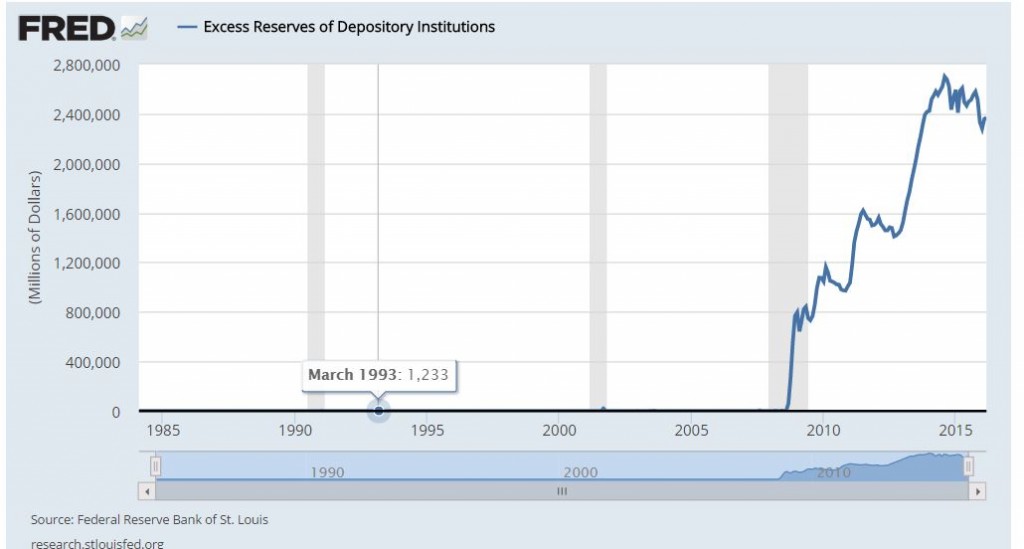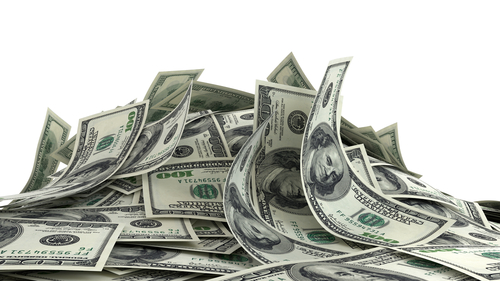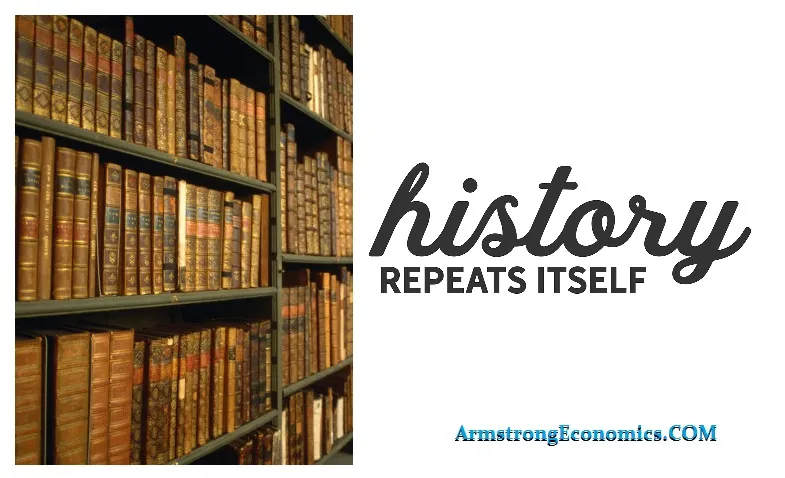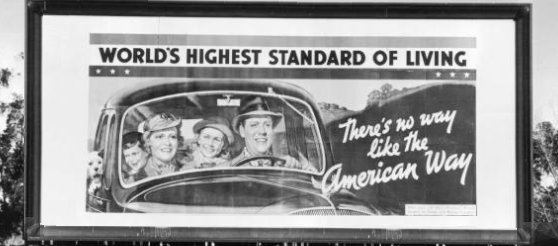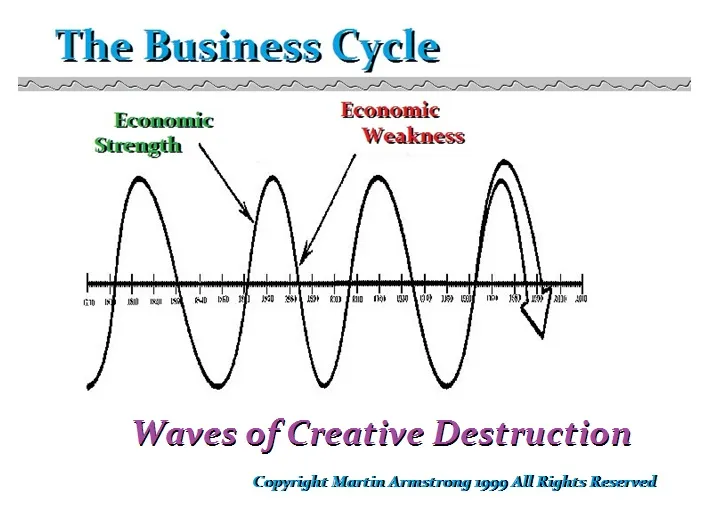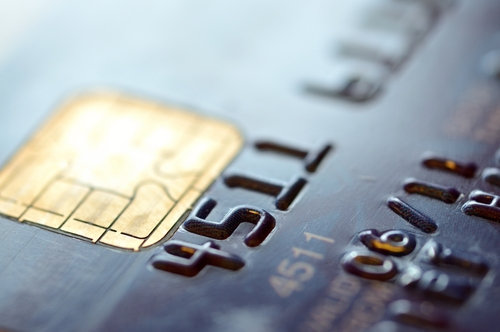QUESTION: Mr. Armstrong; some people say you are wrong because the Fed did not create “cash,” but rather made more debt available through the QE process and whether people hoard money is irrelevant. I do not agree with this statement for the Fed clearly bought bonds, they did not create debt. It seems some people have completely got this all confused. Can you clarify this.
Thanks
ANSWER: This is a very strange question. I do not know how in the world someone can say the Fed created debt but not cash. The entire theory of QE was to increase the money supply in circulation by purchasing government bonds. That would inject cash into the system since the Fed does not and cannot create debt for it has no such borrowing authority. If they are saying the debt still increased because Congress always spends more each year that is irrelevant and cannot be attributed to the Fed creating debt. Then to say hoarding does not take place or is irrelevant is just unbelievable. I do not understand the reasoning.

The Fed bought in government bonds. The banks sold their bond holdings to the Fed and then complained that they would have no place to park their cash. They lobbied the Fed to pay 0.25% interest on excess cash parked at the Fed beyond their required reserves. The Fed accommodated the banks and defeated the entire theory of QE, which is in part why it did not create inflation as the banks parked (hoarded) the money at the Fed and never lent it out.
Here is a chart of the Fed’s facility they created to satisfy the banks. It stands at about $2.4 trillion. The Fed has the power to create money known as the elastic money supply, but it does not create debt. There were no excess reserves before QE. Instead of stimulating the economy, the banks themselves are hoarding the cash and not lending it out to the economy.
Corporations are also hoarding cash to such a point that they have engaged in a massive buy-back of their shares. This too is counter-trend to the entire idea of “stimulus.” Corporations reducing shares and handing back cash is deflationary and reduces assets.
Now let’s mix Europe into this madness. Why is Draghai unable to create inflation in Europe with his outrageous QE program and negative interest rates? The answer is very simple. There is no real confidence in Europe to borrow money to start any business. So what are the banks doing there? They are shipping money over to their U.S. branches, which must be part of the Fed system, and as such, they then park the money at the Fed and collect 0.25%. When rates are negative, they have a great spread and no risk. This is not something I made up or speculated. I have spoken with banks in Europe directly.
So normally I would not bother to answer such a frivolous question. This should be as simple as black and white. This is exactly what Bill Gross is hoping for; that the Fed will once again exchange bonds for cash and thus place a bid underneath the market that will support bonds. There are disagreements behind the curtain and it is not entirely certain if the Fed would attempt something they now realize failed. They just lucked out that the U.S. economy is in far better shape than Europe. This is why Yellen met at the White House and continues to say that interest rates have to be normalized. The central banks are trapped. Starting next year, the economy will turn down more aggressively. Yellen knows that creating more “helicopter money” by this QE program will not work. The very first thing she must do: shut down the excessive reserve facility that allows worldwide banks to park money at the Fed. Only then will the banks be forced to actually “stimulate” by lending money to real, live people to create something. That seems to be old school.
Goldman Sachs took investment banking and transformed the entire banking system from relationship banking to transactional banking. So now, normal banks think the way to do business is not to lend to real live people, but lend the money and then resell it to someone else. They have altered the face of banking forever. (I also sat on the board of a bank 30 years ago. When large loans were presented to the board, it was our decision whether to lend to that customer. Those days are gone).

